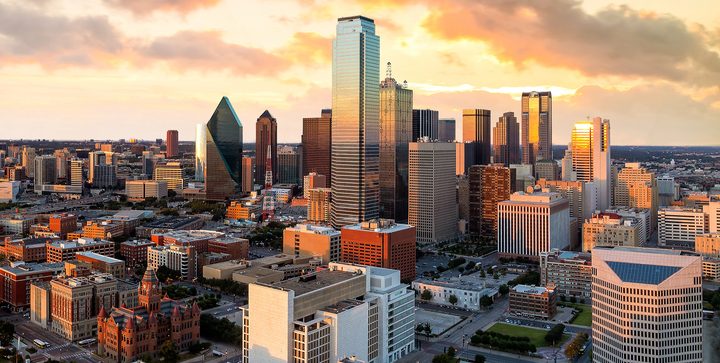![]()
My colleagues and I have been spending a lot of time exploring what a city of the future will look like. There are so many variables, technologies, infrastructure considerations, and social aspects to take into account. Let alone pressing issues such as demographic shifts, aging infrastructure, and climate change. The Smart City trend suggests that we will go through a digital transformation, where decisions will be made with great agility based on an abundance of data; where mobility is a priority; and where people and infrastructure are constantly connected through the Internet of Things (IoT). But while we sit contemplating this future, many of these trends are moving more and more quickly at the speed of, well, technology.
States, cities, and counties are excited about the promise of new infrastructure funding. And we are seeing a shift in thinking from simply maintaining existing infrastructure to rethinking it all together. This is a challenge for elected officials, executives and mid-level managers, planners, engineers, and nearly every discipline in government.
For those of you who are regularly engaged in the discussion about adapting your communities for the future, you understand the dilemma I am presenting. Organizations such as the Regional Transportation Alliance of Southwestern Pennsylvania are demonstrating the need to address the future through livable and sustainable communities. But for those of you who are just beginning to think about the evolution of the urban fabric, consider these questions as food for thought:
- If autonomous vehicles become the norm will we need disabled parking spots, or will the car simply drop you off at the front door?
- Will we need all those parking spaces at the mall if the car drops you off and picks up another passenger?
- Do we need traffic lights with the traditional red, yellow, and green lights if the intersection communicates directly to the vehicle?
- Are we truly prepared for IoT where everything is connected?
If you think these are strange questions look towards the tallest building in your community, the one with all the communication devices on the roof. These are signs that governments were not prepared to adjust quickly to the telecommunications boom. They instead opted for a quick retrofit to place new technology on top of existing infrastructure. Consider the years we have spent placing utilities underground so they were hidden, only to have unsightly cell towers pop up at a rapid rate. Then we developed strict aesthetic guidelines only to disguise those cell towers (unconvincingly, some may say) as trees. If the Smart City industry analysts are correct, everything will become a sensor collecting road conditions, air quality, traffic flows, mobile devices and constituent feedback. Infrastructure itself will actively collect, store, monitor, and use data. All of which needs to be considered when building and designing new infrastructure.
I believe disciplines such as geodesign will take a larger and larger role in everyday urban, regional and infrastructure planning. The geodesign principle takes a more holistic approach to planning and works to balance gray and green infrastructure, explore impacts in 3D, and compare alternative scenarios to develop more livable and resilient communities. Infusing design with a blend of science- and value-based information, geodesign helps designers, planners, and stakeholders make more informed decisions through impact assessments and evaluation of alternative scenarios. The Geodesign Summit is an event dedicated to the exploration of this concept that I encourage you to attend if you are interested in more sustainable planning and design.
One thing is for sure, technology is changing quickly and these issues need to be addressed soon rather than later. Otherwise, you may be retrofitting your community.
Christopher Thomas is part of the GovLoop Featured Blogger program, where we feature blog posts by government voices from all across the country (and world!). To see more Featured Blogger posts, click here.





Leave a Reply
You must be logged in to post a comment.